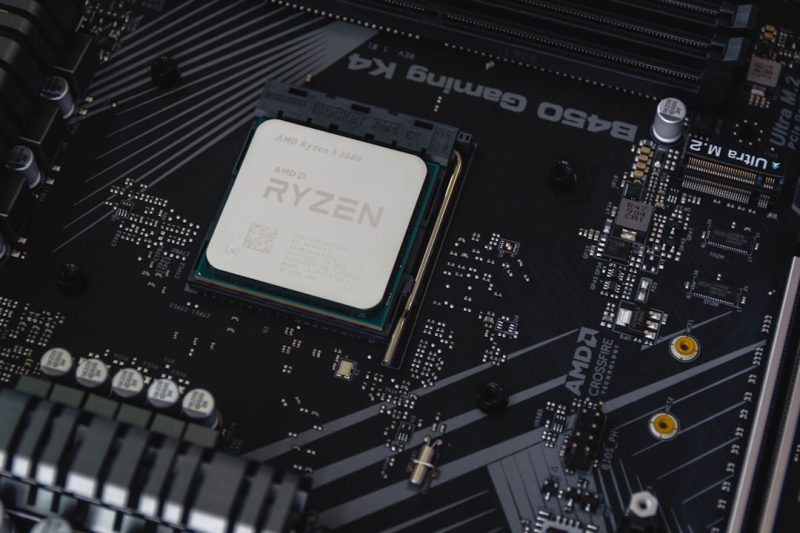
The global chip shortage, a relentless thorn in the side of countless industries for the past few years, is finally showing signs of easing. Reports suggest that production is catching up with demand, leading to improved availability of semiconductors across various sectors. This is welcome news for manufacturers struggling to meet consumer demand and for consumers facing longer wait times and inflated prices.
However, while the acute phase of the chip shortage may be waning, declaring victory would be premature. The underlying supply chain issues that exacerbated the crisis remain stubbornly persistent. These are not simply about the chips themselves, but the intricate web of logistics, geopolitical factors, and manufacturing complexities that feed into their production and distribution.
One key challenge is the geographic concentration of chip manufacturing. A significant portion of the world’s semiconductor production is concentrated in a few regions, notably East Asia. This dependence creates vulnerability to geopolitical instability, natural disasters, and pandemics. Any disruption in these regions can have a cascading effect on global supply chains, as we saw dramatically during the pandemic.
Furthermore, the complexity of chip manufacturing is staggering. It involves a highly specialized and interconnected ecosystem of suppliers, each responsible for specific components and processes. A bottleneck at any point in this chain can have a ripple effect, causing delays and shortages further down the line. This intricate network requires significant investment and coordination to optimize efficiency and resilience.
Another significant factor is the ongoing shift towards more sophisticated chips, particularly those powering advanced technologies like artificial intelligence and electric vehicles. These chips are more complex to produce, requiring specialized equipment and expertise, placing additional strain on already stretched manufacturing capacity.
Looking ahead, the industry is working to address these underlying issues. Governments are investing heavily in domestic chip manufacturing to reduce reliance on single regions. Companies are exploring diversification strategies and implementing more resilient supply chain designs. However, building a truly robust and secure semiconductor supply chain is a long-term undertaking, requiring sustained effort and collaboration across multiple stakeholders.
While the easing of the chip shortage offers a much-needed respite, it’s crucial to remember that the fundamental vulnerabilities remain. True resilience will require a multi-faceted approach addressing geographic diversification, technological innovation, and strengthened international cooperation. The path ahead is challenging, but a more secure and stable semiconductor supply chain is crucial for future economic growth and technological advancement.










